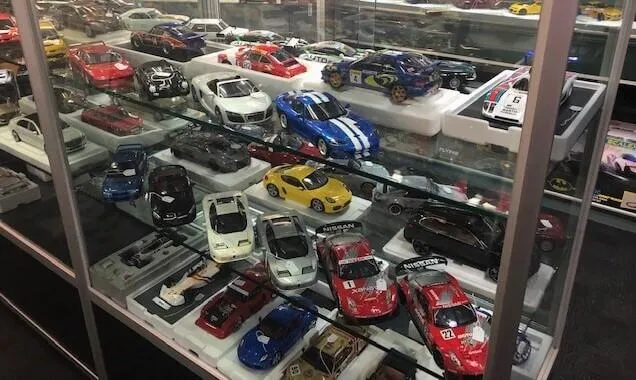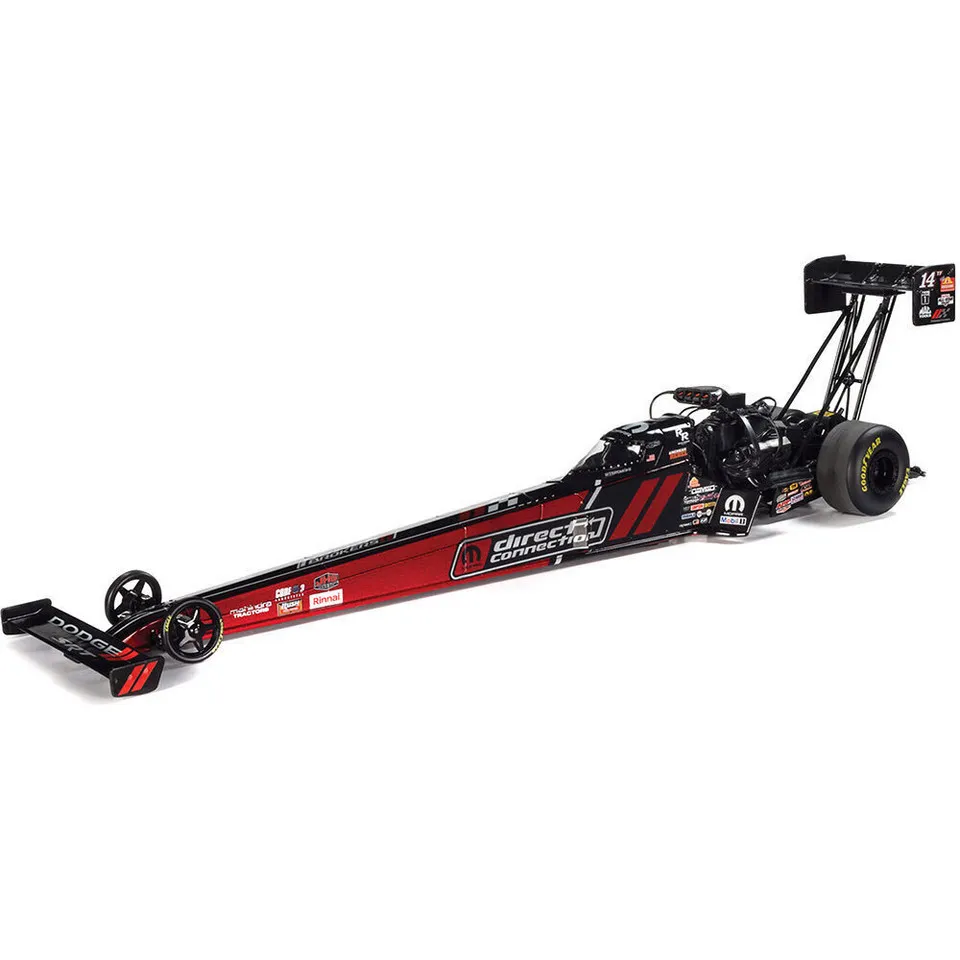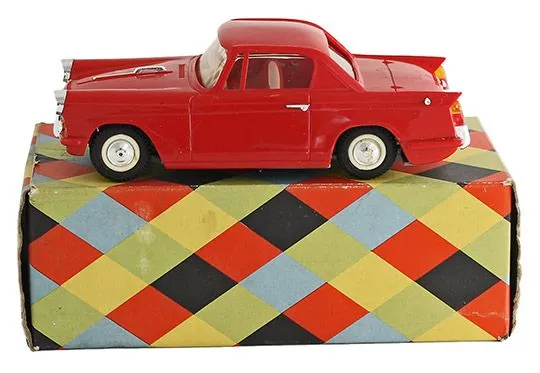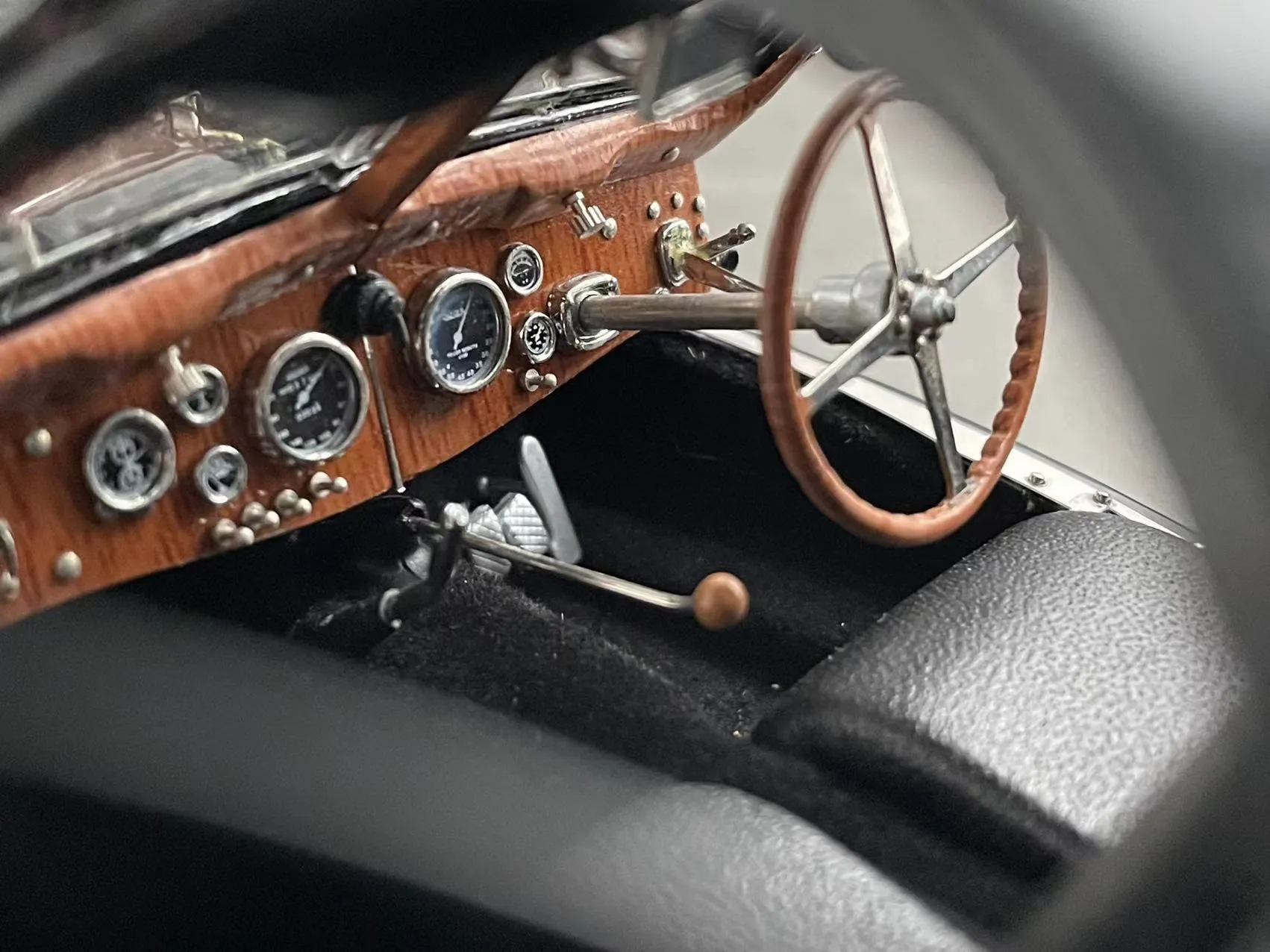Diecast model cars are more than just toys, they’re investments, historical artifacts, and a passion for many collectors. Understanding what impacts their value is crucial, whether you are a seasoned collector, a beginner looking to start, or someone simply curious about the worth of a model car. This guide delves into the top five factors influencing the value of diecast model cars, providing insights to help you assess, collect, and appreciate these miniature masterpieces.
What Influences Diecast Model Car Value
The value of a diecast model car is determined by a complex interplay of several elements, from its rarity to its condition and the manufacturer behind it. The market, trends, and historical significance further contribute to the overall worth. A thorough understanding of these factors is essential for anyone looking to buy, sell, or simply appreciate the value of their collection. This guide breaks down the key considerations to help you navigate the world of diecast model cars and their values.
Rarity and Limited Editions
One of the most significant factors influencing the value of diecast model cars is rarity. Limited edition models, those produced in smaller quantities, often command higher prices due to their exclusivity. This scarcity makes them highly sought after by collectors eager to own a piece of automotive history. The fewer models that were made, the more valuable they tend to be. Collectors are always on the lookout for limited edition releases because they represent a unique opportunity to own a rare collectible that is not available everywhere.
Identifying Limited Editions

Identifying a limited edition involves researching the model’s production details. Manufacturers often release information about the number of models made. This information is usually available on the packaging, a certificate of authenticity, or the manufacturer’s website. Collectors often look for these details before making a purchase. Models with a limited run, special paint schemes, or unique features typically qualify as limited editions. Checking the manufacturer’s documentation or contacting the manufacturer directly can help confirm the model’s rarity.
The Impact of Production Numbers
The fewer models produced, the higher the potential value. Models produced in limited runs of a few hundred or a thousand units can be significantly more valuable than those produced in the tens of thousands. Production numbers are a key piece of information for collectors. The lower the production number, the higher the demand is likely to be, and therefore, the higher the price. Special editions and promotional models usually have lower production numbers, making them highly collectible and valuable.
Condition and Preservation
The condition of a diecast model car plays a huge role in determining its value. Models in mint condition, still in their original packaging, typically fetch the highest prices. Collectors place great importance on the condition and the degree to which the model has been preserved. Any damage such as scratches, dents, or fading significantly reduces the model’s value. Original packaging, certificates of authenticity, and any accompanying accessories also increase the value, as they help to prove the authenticity and preservation of the model.
Assessing the Condition of Your Models

Carefully inspect the model for any imperfections. Check for scratches, paint chips, and other signs of wear. Examine the wheels, windows, and other details. Original packaging should be intact. Check for any fading or damage to the box. Comparing your model to others of the same make and model in similar condition can give you a better idea of its value. The use of magnifying glasses and bright lighting can assist in the assessment of fine details. The better the condition, the more valuable the model is likely to be.
Storage and Preservation Techniques
To maintain the value of your model cars, proper storage is critical. Store models in a cool, dry place away from direct sunlight to prevent fading and damage. Consider using protective cases or display cabinets to shield them from dust and handling. Avoid extreme temperatures and humidity. Handle the models with clean hands and avoid touching the paint directly. Regular dusting with a soft brush can help keep them looking their best. Following these storage tips can help ensure the long-term value of your diecast model car collection.
Brand and Manufacturer Reputation
The manufacturer and brand of a diecast model car greatly influence its value. Certain brands are known for their quality, detail, and historical significance, making their models highly sought after by collectors. Well-established brands often have a loyal following, which drives up demand and value. The reputation of a brand is closely tied to the quality of its products and its standing within the collecting community. The manufacturer’s history and the accuracy of its models are also considered.
Why Certain Brands are Highly Valued

Brands like Hot Wheels, Autoart, Minichamps, and CMC, known for quality, detail, and historical significance, often command higher prices. These manufacturers have a reputation for producing highly detailed and accurate models. Their models often feature intricate details, accurate paintwork, and high-quality materials, which appeal to serious collectors. The history and prestige of the brand often add to the collectibility. The higher the perceived quality of the brand, the greater the value of the models will be.
Historical Significance and Collectibility
Models of historically significant vehicles, such as classic cars or race cars, tend to be more valuable. The story behind a vehicle, such as its role in racing or its design, can greatly enhance a model’s appeal. Limited edition releases, special collaborations, and models that commemorate significant events are highly valued. The more historical the context, the more interest there tends to be from collectors. Research the history of the vehicle represented by the model to understand its potential value and appeal to collectors.
Scale and Detail
The scale of a diecast model car affects its value. Popular scales, like 1:18, 1:24, and 1:43, have higher value due to a larger market and higher detail potential. The detail and accuracy of a model play a critical role in its valuation. Highly detailed models, with intricate features and accurate representations of their real-life counterparts, are generally more valuable than those with fewer details. The level of detail in a diecast model car directly influences its aesthetic appeal and desirability for collectors.
The Role of Scale in Value

Popular scales tend to have a wider collector base and more models available. 1:18 scale models are often more valuable because they allow for more detailed features. The market for a particular scale may influence the availability and the demand. The size of the model can also affect its collectibility, with larger models offering more opportunities for detailed design and features. Consider the scale when assessing the value, and understand how it relates to market demand and model complexity.
The Importance of Detail and Accuracy
Collectors appreciate models that accurately replicate real-world vehicles. Detailed interiors, realistic paintwork, and accurate body lines contribute to higher value. Look for features such as opening doors, detailed engines, and realistic tires. The closer a model car is to its real-life counterpart, the more desirable it becomes. Accuracy in detail enhances the overall visual appeal and increases the model’s value to collectors. High-quality models often incorporate a wide range of intricate details.
Market Trends and Demand
Market trends and collector demand are key drivers of diecast model car values. The popularity of certain makes, models, and eras directly impacts pricing. Staying informed about current trends can help collectors make smart investments. Understanding the evolving interests of collectors is crucial for both buyers and sellers. Market trends can influence the desirability of a model, increasing its value. Keeping an eye on the market helps collectors make informed decisions and optimize their collections.
Where to Find Market Information

Online auction sites, collector forums, and specialized publications are good sources for market trends and pricing information. Auction sites like eBay provide insights into current sale prices, while forums offer discussions about collectible values. Research past sales of similar models to understand current market values. Specialized publications and price guides for diecast models also provide information to help you gauge the market. Using multiple sources helps you get a more rounded perspective on the market.
How Trends Affect Value
Trends can significantly boost or reduce a model’s value. The popularity of certain car models or eras, like vintage cars, can drive up prices. Limited edition or unique models often increase in value as they become more sought after. Market trends are influenced by collectors’ preferences, design innovations, and social trends. Staying informed about market dynamics helps collectors make informed decisions. By understanding how trends affect the market, collectors can make smarter investment choices.
In conclusion, assessing the value of diecast model cars involves considering rarity, condition, brand reputation, scale, and market trends. The interplay of these factors determines a model’s worth. By understanding these elements, you can better appreciate your collection, make informed purchasing decisions, and optimize your investment in the exciting world of diecast model cars. Happy collecting!
